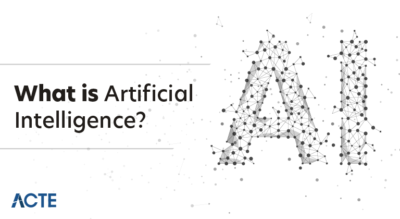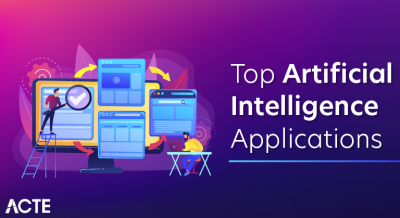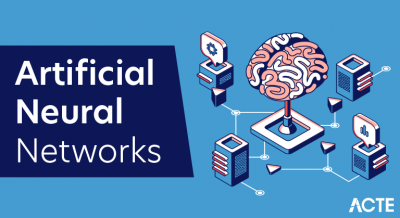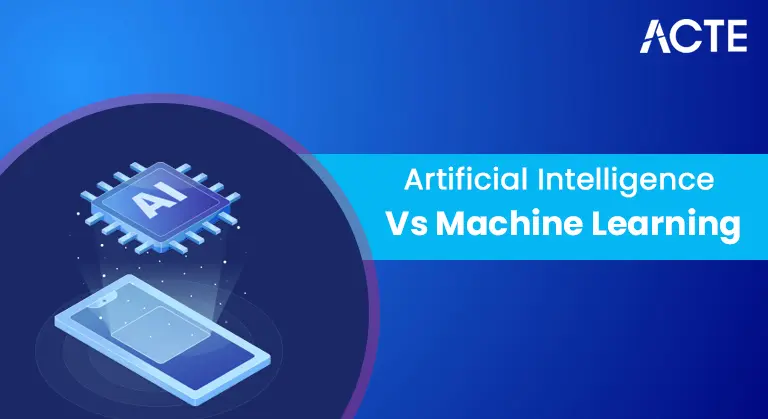
Introduction :-
Artificial intelligence is an innovation which empowers a machine to mimic human conduct. Machine learning is a subset of AI which permits a machine to consequently gain from past information without programming expressly. The objective of AI is to make a brilliant PC framework like people to take care of perplexing issues.
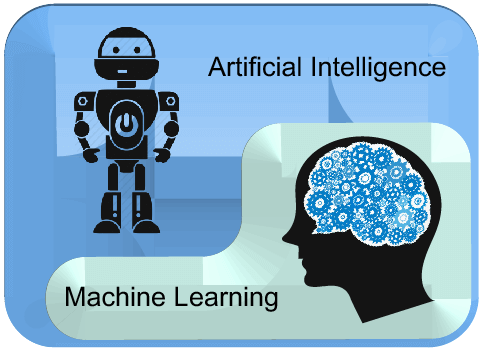
Capabilities of AI and machine learning :-
Companies in almost every industry are discovering new opportunities through the connection between AI and machine learning. These are just some of the capabilities that have become valuable in helping companies transform their processes and products:
Forward analysis: This capability helps companies predict trends and behaviour patterns by discovering cause-and-effect relationships in the data.
Recommendation engine: With recommendation engines, companies use data analysis to recommend products that someone might be interested in.
Speech recognition and natural language comprehension: Speech recognition enables a computer system to recognize words in spoken language and natural language comprehension to recognize meaning in written or spoken language.
Image and video processing: These capabilities make it possible to recognize faces, objects and actions in images and videos, and implement functionalities such as visual search.
Sentiment analysis: A computer system uses sentiment analysis to identify and classify positive, neutral and negative attitudes expressed in text.
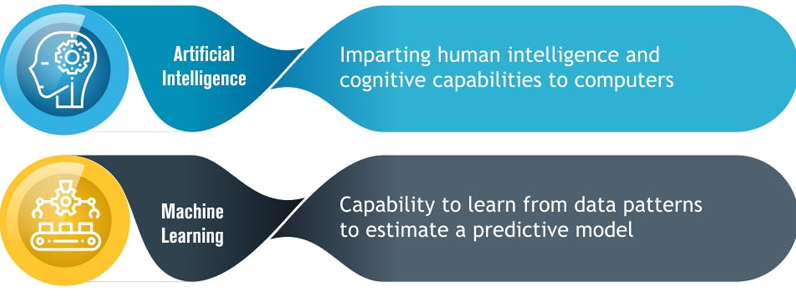
The connection between artificial intelligence and machine learning
The connection between artificial intelligence and machine learning provides powerful benefits for companies in almost every industry – new possibilities are constantly emerging. These are some of the top benefits that companies have already noticed:
Multiple sources of data input: AI and machine learning enable companies to discover valuable insights across a wide range of structured and unstructured data sources.
Make better, faster decisions: Companies use machine learning to improve data integrity and AI to reduce human error—a combination that leads to better decisions based on better data.
Increased operating efficiency: With AI and machine learning, companies become more efficient through process automation, which reduces costs and frees up time and resources for other priorities.
Applications of AI and machine learning
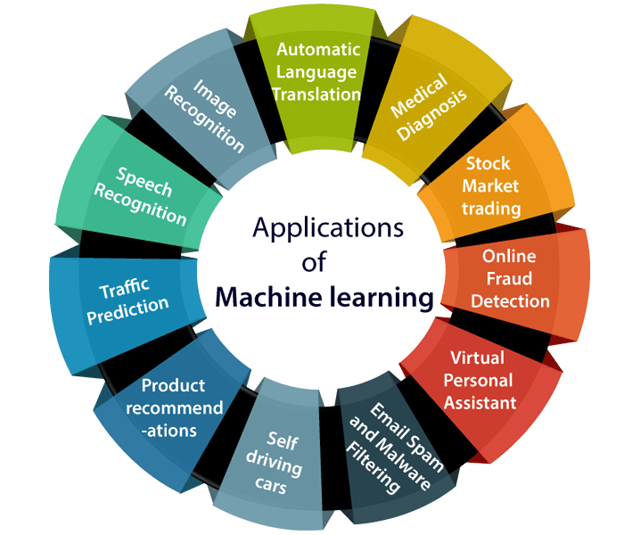
Companies in many industries are building applications that take advantage of the connection between artificial intelligence and machine learning. Here are some of the ways AI and machine learning are helping companies transform their processes and products:
1.Retail: Retailers use AI and machine learning to optimise their inventory, build recommendation engines, and enhance customer experience with visual search.
2. Health care: Health organisations have put AI and machine learning to use in applications such as image processing for better cancer detection and predictive analysis for genomics research.
3. Banking and Finance: In financial contexts, AI and machine learning are valuable tools for purposes such as fraud detection, risk forecasting, and providing more proactive financial advice.
4. Sales and marketing: Sales and marketing teams use AI and machine learning for personalised offers, campaign optimization, sales forecasting, sentiment analysis and customer churn prediction.
5. Cyber security: AI and machine learning are powerful weapons for cyber security, helping organisations protect themselves and their customers by detecting anomalies.
6. Customer service: Companies in a wide range of industries use chatbots and cognitive search to answer questions, assess customer intent, and provide virtual support.
7. Transportation: AI and machine learning are valuable in transportation applications, where they help companies improve the efficiency of their routes and use predictive analytics for purposes such as traffic forecasting.
8. Production: Manufacturing companies use AI and machine learning to predict maintenance and make their operations more efficient than ever
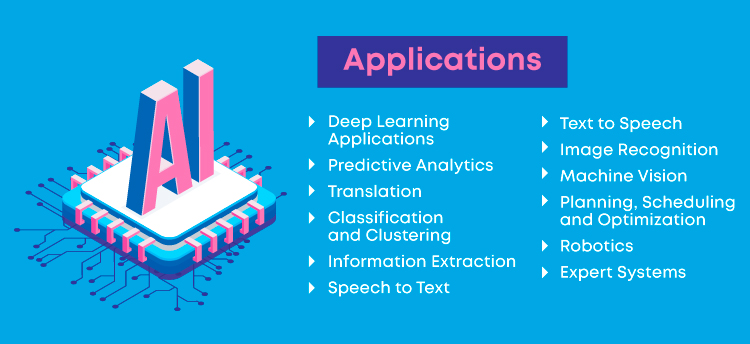
Why? AI vs ML
The term Artificial Intelligence is made up of two words “Artificial” and “Intelligence”. Artificial refers to something that is created by a human or a non-natural thing and intelligence means the ability to understand or think. There is a misconception that artificial intelligence is a system, but it is not a system. AI is implemented in the system. AI can be so defined, one definition might be “It is the study of how to train a computer so that a computer can do things that a human can currently do better.” So it is a wit where we all want to connect. Machine potential that is inherent in human beings.
Machine learning is the learning in which the machine can learn on its own without being explicitly programmed. It is an application of AI that provides the system with the ability to automatically learn and improve from experience. Here we can prepare a program by integrating the input and output of that program. One of the simpler definitions of machine learning is “Machine learning is said to learn from experience such as some class of task T and a performance measure P if the learner’s performance in the task in the classroom as measured by P would have improved with experiences.” Is.”
Benefits of AI VS MACHINE LEARNIN
1) Human error reduction:
The phrase “human error” originated because humans make mistakes from time to time. However, computers do not make these mistakes if they are programmed properly. With artificial intelligence, decisions are made from already gathered information implementing a certain set of algorithms. So errors are reduced and there is a possibility to reach accuracy with greater accuracy.
Example: They have reduced most of the human error in forecasting the weather by using AI.
2) Takes risks instead of humans:
This is one of the biggest advantages of artificial intelligence. We can overcome many risky limitations of humans by developing AI robots which in turn can do risky tasks for us. Whether going to Mars, defuse bombs, explore the deepest parts of the oceans, mining for coal and oil, it can be used effectively in any kind of natural or man-made disasters .
Example: Have you heard about the Chernobyl nuclear power plant explosion in Ukraine? At that time there were no AI-powered robots that could help us reduce the effects of radiation by controlling the fire in the early stages, as any human who moved close to the core would die within minutes. They eventually dumped sand and boron from helicopters from a distance.
3) Available 24×7:
An average person will work 4-6 hours a day excluding breaks. Human beings are designed to take some time off to refresh themselves and get ready for a new day of work, and they even took weekly off to keep up with their work-life and personal life. But by using AI we can make machines work round the clock without any break and they also do not get bored unlike humans.
Example: Educational institutions and helpline centres are getting many queries and issues which can be handled effectively using AI.
4) Helping with Repetitive Jobs:
In our day to day work, we will do many repetitive tasks like sending thank you mails, verifying certain documents for errors and many other things. Using artificial intelligence we can productively automate these mundane tasks and even remove “boring” tasks for humans and free them up to be increasingly creative.
Example: In banks, we often see multiple verifications of documents to get the loan which is a repetitive task for the owner of the bank. Using AI Cognitive Automation, the owner can speed up the process of verifying documents which will benefit both the customer and the owner.
Conclusio
As a result, we have studied the advantages and disadvantages of machine learning. Also, this blog helps a person to understand why one needs to choose Machine Learning. While machine learning can be incredibly powerful when used correctly and in the right places (where massive training data sets are available), it certainly isn’t for everyone. You may also like to read Deep Learning vs Machine Learning.
Artificial intelligence and machine learning are products of both science and myth. The idea that machines can think and act like humans is thousands of years old. The cognitive truths expressed in AI and machine learning systems are also not new. It may be better to view these techniques as an implementation of powerful and long-established cognitive principles through engineering.
We must acknowledge that there is a tendency to adopt all-important innovations as Rorschach tests, upon which we impose concerns and hopes as to what constitutes a good or happy world. But the potential of AI and machine intelligence for good is not exclusively, or even primarily, within its technologies. It mainly lies in its users. If we believe (primarily) how our societies are currently operating then we have no reason not to trust ourselves to do well with these technologies. And if we can suspend presentism and accept that ancient stories warn us not to play God with powerful techniques, we will free ourselves from unnecessary worry about their use.

